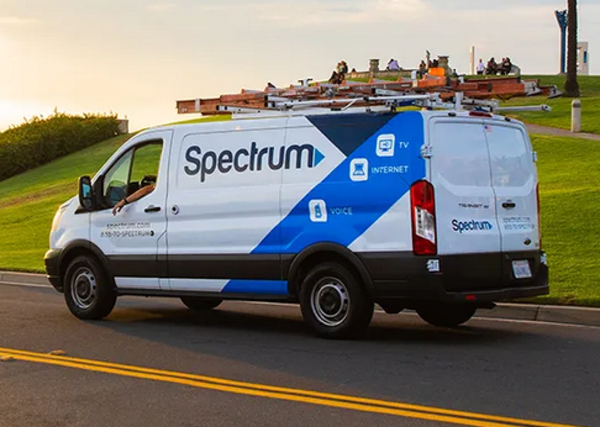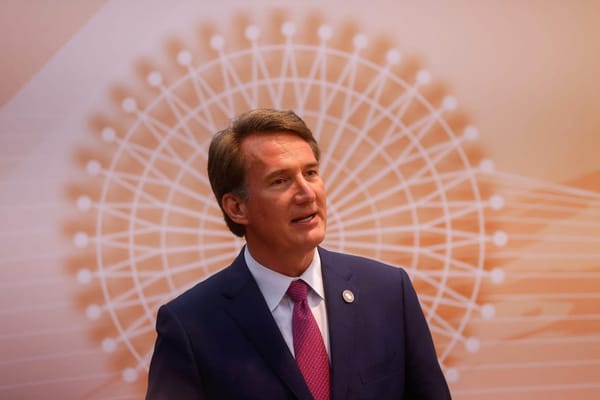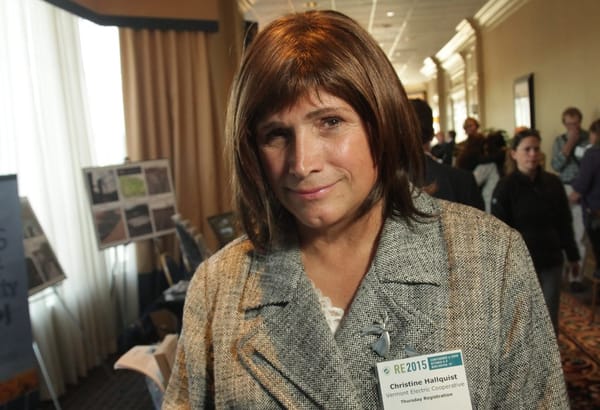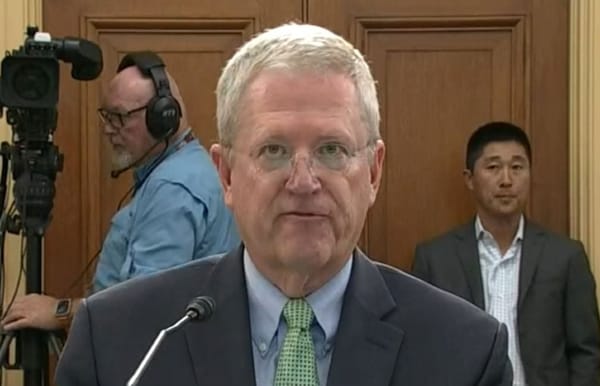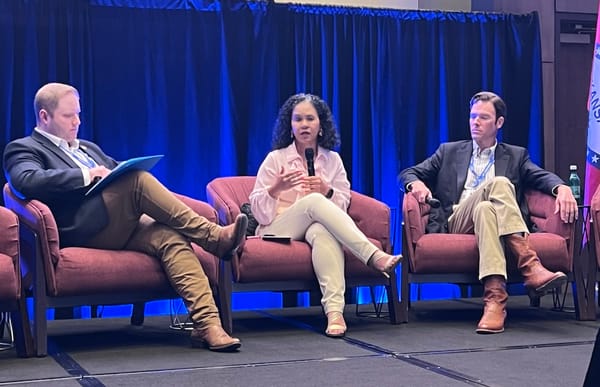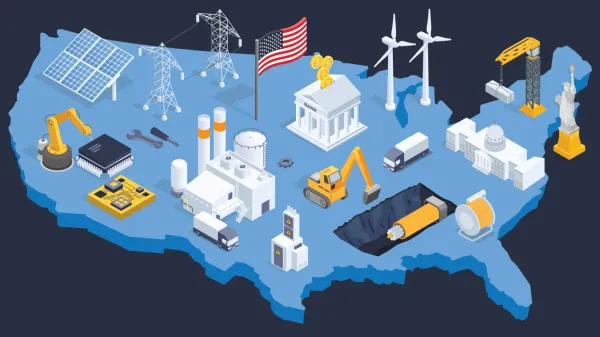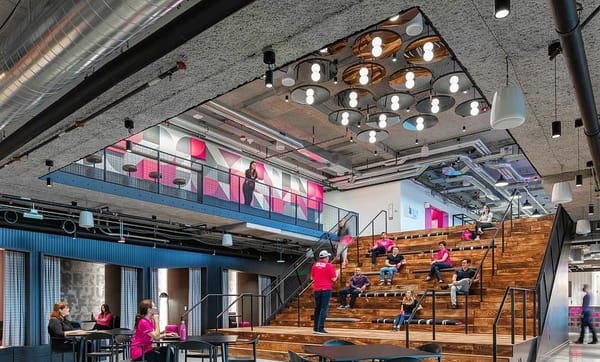Public-Private Partnership Provides Access and Affordability Solutions in Brownsville
In 2014, Brownsville was ranked as the worst-connected city in the United States.
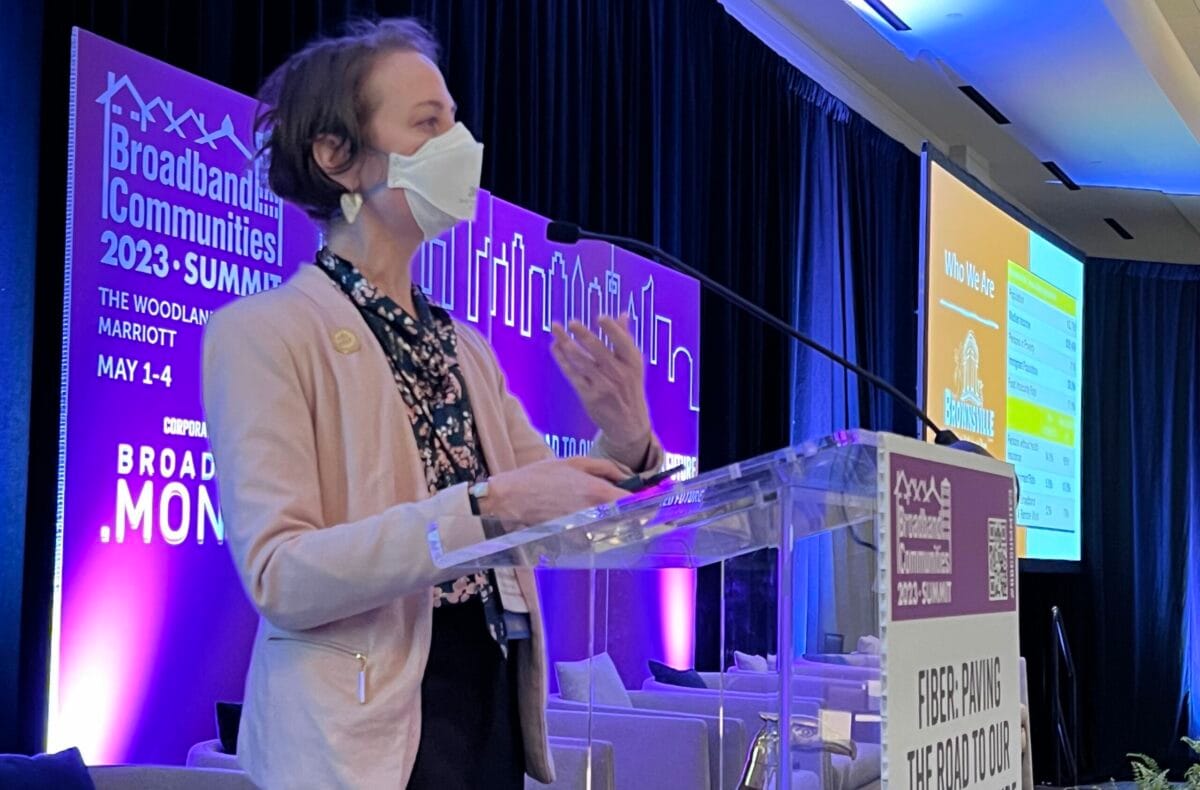
HOUSTON, May 2, 2023 — In a city previously known for having the worst digital divide in the country, a new public-private partnership is offering potential solutions for building out middle mile and last mile fiber infrastructure while remaining accessible for a low-income population.
The city of Brownsville, Texas and its private partner Lit Communities are working together to “speak to exactly those concerns that our constituents expressed to us — access and affordability,” said Elizabeth Walker, Brownsville’s assistant city manager, in a keynote address at the Broadband Communities Summit on Monday.
Brownsville is investing $19.5 million in funding from the American Rescue Plan Act to construct middle mile infrastructure and connect community anchor institutions, and private providers will closely follow to build out the last mile network. The initiative, called BTX Fiber, will utilize an open access model to promote competition.
In 2014, the National Digital Inclusion Alliance ranked Brownsville as the worst-connected city in the United States, noting that 44.8 percent of the city’s households lacked internet access.
Over the course of the COVID-19 pandemic, the city’s growing digital divide had significant costs for residents who were unable to participate in remote work or education.
“The digital divide was very real, and it was crushing the potential of the next generation,” Walker said.
In addition to a lack of broadband availability, many residents also struggled with a lack of affordability, Walker added. In fact, affordability was mentioned by nearly a third of the residents who commented in a feasibility study commissioned by the city.
“Our population is, by every definition, low income and suffers the challenges of that socioeconomic burden… a full third of our population is categorically within poverty,” she said.
BTX Fiber’s pricing structure was carefully designed to provide a service tier that would be completely subsidized through the Affordable Connectivity Program for eligible households, offering symmetrical speeds of 100 megabits per second. On the upper end, the network aims to provide symmetrical gigabit speeds.
Walker highlighted the need for augmenting staff as one of the major lessons learned throughout the process. In addition to bringing in technological subject matter experts, the city is partnering with a local college to create a workforce development program in hopes of training workers to install the middle mile infrastructure.
Another takeaway from the project has been the importance of staying agile, Walker said. “Where we are right now… is not necessarily how it is we thought we would get to where we are.”


